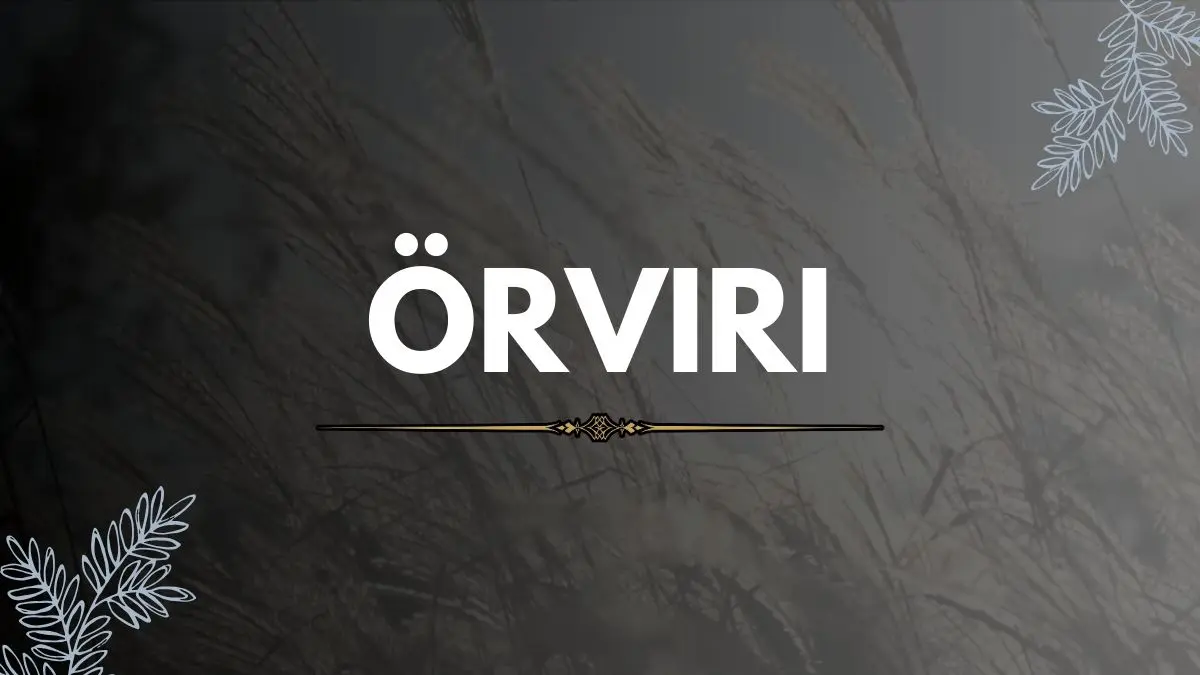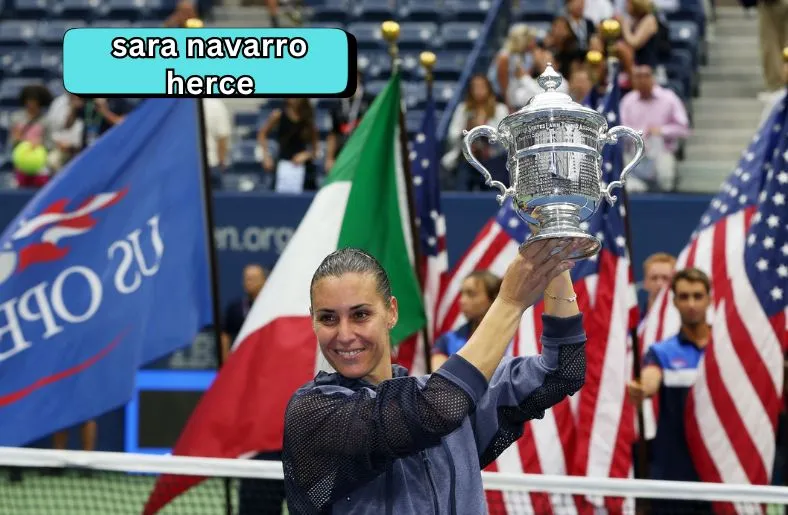In the tapestry of global cultures, certain traditions and practices stand out for their uniqueness and historical significance. One such fascinating example is Örviri, an ancient and enigmatic custom rooted in the rich cultural landscape of the Nordic countries. Despite its lesser-known status, Örviri holds a distinct place in the study of cultural anthropology and historical practices. This article delves into the origins, practices, and significance of Örviri, offering a comprehensive overview of this intriguing tradition.
The Origins of Örviri
Örviri, a term with origins in Old Norse, refers to a specific set of rituals and social customs practiced by ancient Scandinavian communities. The tradition is believed to have emerged during the Viking Age, a period marked by significant cultural and social development in the Nordic region. The exact origins of Örviri are somewhat obscure, as much of the historical record is fragmented or lost. However, it is generally accepted that Örviri was deeply intertwined with Norse mythology and the spiritual practices of early Scandinavian societies.
The Practices of Örviri
At its core, Örviri encompasses a range of rituals and ceremonies that were performed to honor deities, commemorate significant life events, and ensure the well-being of the community. While detailed accounts of these practices are scarce, several key elements have been identified through archaeological findings, historical texts, and folklore.
- Ritual Feasts and Offerings: Central to Örviri was the practice of conducting ritual feasts, often held in sacred groves or at designated ceremonial sites. These feasts were not merely social gatherings but were imbued with religious significance. Participants would offer food, drink, and other items to deities and spirits, seeking their favor and protection.
- Sacred Symbols and Artifacts: Artifacts such as runestones, amulets, and carved wooden figures were commonly used in Örviri rituals. These objects were believed to hold magical properties and were often inscribed with runic symbols that invoked divine powers.
- Divination and Prophecy: Another aspect of Örviri involved divination practices. Seers, or “völvas,” would perform rituals to predict the future or gain insight into the will of the gods. These practices were deeply respected and often guided important decisions within the community.
- Seasonal Festivals: Örviri included various seasonal festivals that marked the changing of the seasons and agricultural cycles. These festivals were opportunities for the community to come together, celebrate, and renew their bonds with the natural world and its deities.
The Significance of Örviri
The significance of Örviri extends beyond its ritualistic elements; it offers valuable insights into the social and spiritual lives of ancient Scandinavian peoples. By examining Örviri, researchers can better understand how these communities interacted with their environment, their deities, and each other.
- Cultural Identity: Örviri played a crucial role in shaping the cultural identity of Norse societies. The rituals and customs associated with Örviri were integral to the collective memory and heritage of these communities, helping to maintain a sense of continuity and shared history.
- Spiritual Beliefs: The practices of Örviri reveal much about the spiritual beliefs of early Scandinavians. The reverence for nature, the gods, and ancestral spirits underscores a worldview deeply connected to the cycles of life and the natural world.
- Social Cohesion: Rituals and festivals associated with Örviri fostered social cohesion by bringing people together and reinforcing communal bonds. These gatherings served as opportunities for socializing, resolving conflicts, and strengthening the fabric of the community.
Modern-Day Revival and Interest
In recent years, there has been a resurgence of interest in Örviri, particularly among enthusiasts of Norse mythology and historical reenactment. Modern practitioners and scholars are working to reconstruct and revive aspects of Örviri, seeking to reconnect with the spiritual and cultural heritage of the Viking Age.
Organizations and groups dedicated to the study and practice of Norse traditions have begun to hold events and ceremonies inspired by Örviri. These modern adaptations often blend historical accuracy with contemporary interpretations, creating a living tradition that resonates with both historical enthusiasts and those seeking spiritual connection.
Conclusion
Örviri stands as a testament to the rich cultural and spiritual heritage of ancient Scandinavia. Its rituals, customs, and significance offer a window into the lives of the people who practiced it, revealing their deep connections to the natural world and the divine. As interest in this tradition continues to grow, Örviri serves as a reminder of the enduring power of cultural practices to shape and define human experience across time and space.








